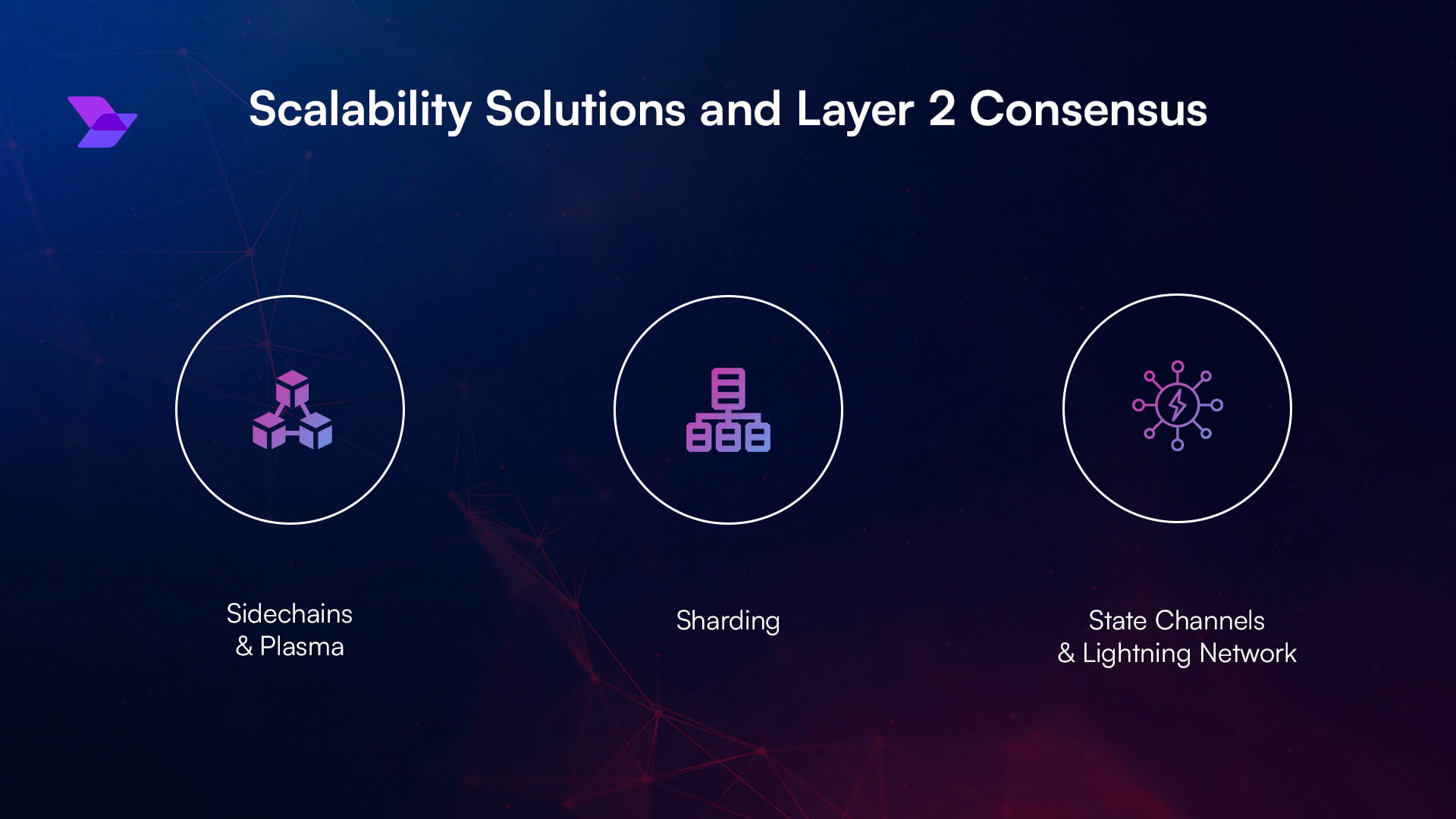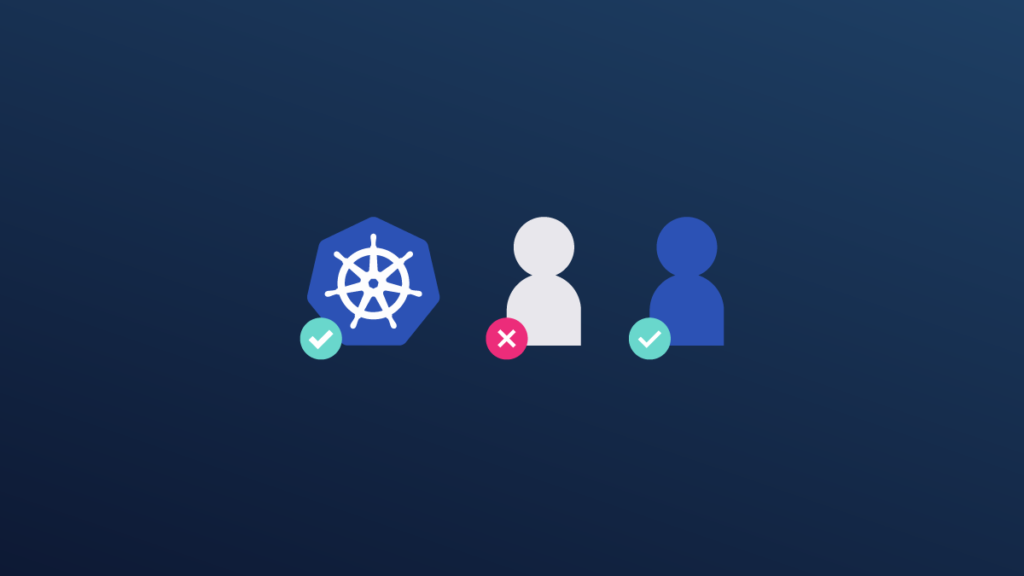
Imagine a medieval fortress designed not just with tall walls but with hidden traps, guard rotations, and encrypted signals passed between watchtowers. Every brick and lock must be tested to withstand both storms and sieges. Blockchain applications are much like this fortress—built on trustless systems, decentralised rules, and cryptographic defences.
Testing these applications is not about routine checks; it’s about ensuring that consensus, smart contracts, and layered security all stand firm under pressure. A single overlooked flaw could compromise the entire fortress.
Consensus Testing: Stress-Testing the Guards
Consensus is the agreement mechanism that keeps a blockchain alive, ensuring that all nodes maintain the same “truth.” Think of it as the guard rotation at a fortress—if one guard fails to report accurately, the system still relies on others to confirm the right status.
Testing consensus mechanisms, such as Proof of Work (PoW) or Proof of Stake (PoS), involves simulating attacks, forks, and network delays. Can the blockchain resist double-spending attempts? Will it recover quickly from Byzantine faults? These are critical questions testers must answer before declaring a system battle-ready.
Learners in software testing coaching in Chennai often encounter exercises that stress-test consensus algorithms, helping them understand how resilience is engineered into distributed systems.
Smart Contract Validation: Examining the Scrolls
If consensus is the guards, smart contracts are the scrolls that dictate the rules of the realm. Once written, these scripts are nearly impossible to change, making rigorous testing indispensable.
Testing smart contracts involves functional validation—does the contract execute as intended every time? It also demands security checks to prevent exploits like reentrancy attacks or integer overflows, which have caused multi-million-dollar losses in real-world cases.
Tools such as MythX or Slither scan code for vulnerabilities, while manual audits ensure that even subtle logic flaws are caught. A contract that hasn’t been tested is like a royal decree written with invisible loopholes—inviting chaos.
Security Layers: The Moats and Traps
Blockchain systems are layered like fortresses with moats, drawbridges, and hidden traps. Beyond consensus and contracts, security involves wallet protections, API gateways, encryption standards, and access controls.
Testing here means probing for vulnerabilities at every layer. Can a malicious actor exploit weak key management? Are APIs hardened against injection attacks? Can denial-of-service attempts overwhelm nodes?
A blockchain’s reputation relies not just on its core but on the strength of its periphery. Neglecting these defences is like building high walls but leaving the gates unguarded.
Professional programmes such as software testing coaching in Chennai often emphasise this layered perspective, teaching students how to think holistically when validating blockchain ecosystems.
Pitfalls in Blockchain Testing
The uniqueness of blockchain creates challenges that testers may not face elsewhere. Data immutability, while a strength, means errors are permanent and costly. Testers must therefore simulate scenarios exhaustively before deployment.
Scalability is another hurdle—blockchain applications must handle thousands of transactions per second without compromising security. Testing under load conditions is vital to avoid bottlenecks.
Finally, integration testing is complex. Wallets, dApps, and consensus nodes all must communicate seamlessly. Even minor incompatibilities can disrupt the entire chain.
Conclusion
Blockchain application testing is less about ticking boxes and more about defending a fortress against every imaginable attack. From consensus validation to contract auditing and layered security checks, each step ensures the system remains trustworthy, resilient, and scalable.
For businesses, vigorous testing translates into confidence. For testers, it represents a chance to stand at the cutting edge of technology, ensuring that blockchain solutions don’t just look strong—they are strong.
As blockchain adoption accelerates, those who master these testing disciplines will be the architects of trust in a decentralised future.





